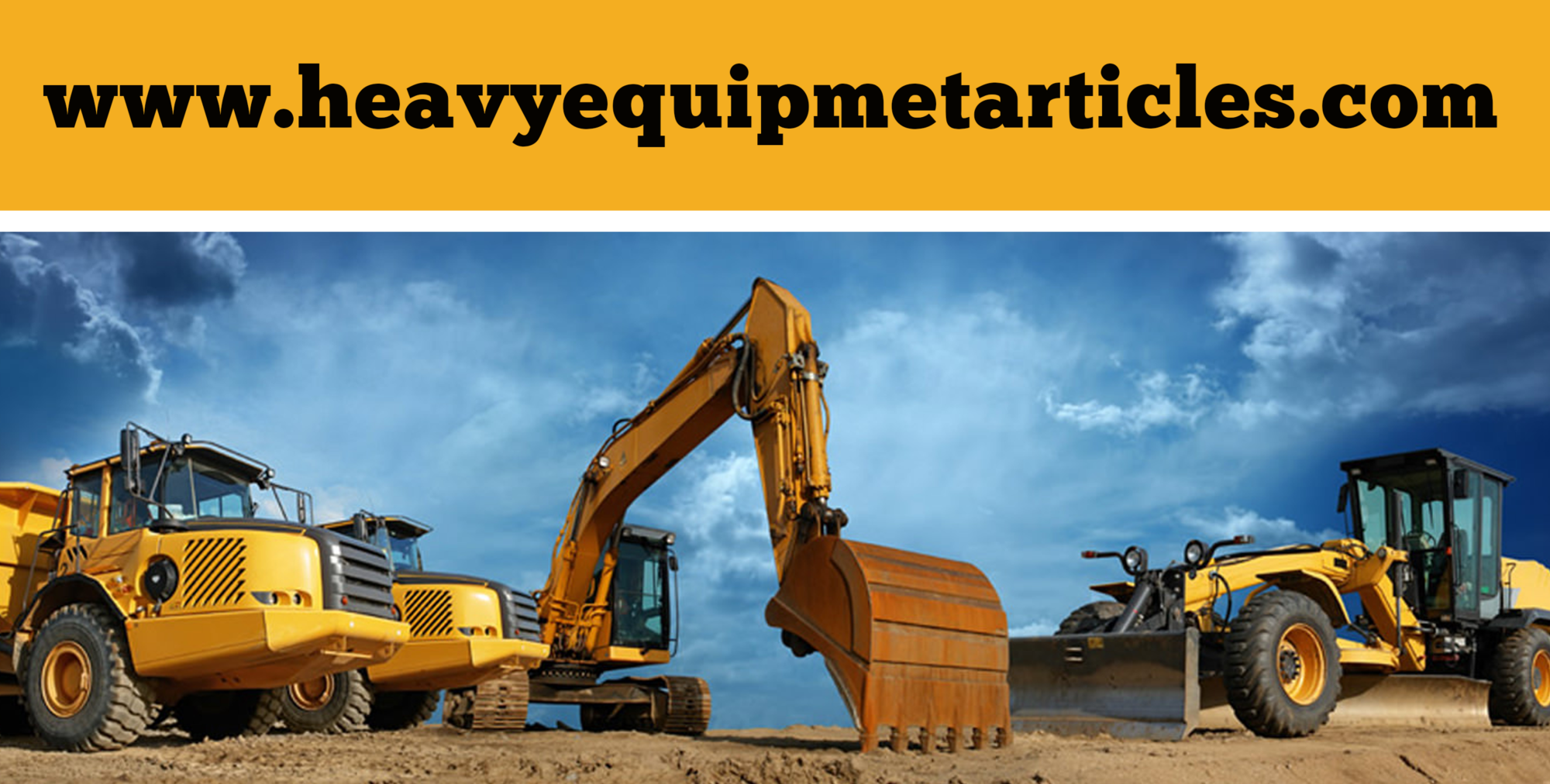Podcast: Play in new window | Download | Embed
Subscribe: Apple Podcasts | RSS
As industries are growing at a rapid rate, plant managers need to develop their lubrication procedures. Best practices of lubrication procedure can boost up equipment reliability, reduce energy consumption and carbon-dioxide emissions and optimize maintenance. In order to increase productivity, top-notch lubrication methods, perfect staff training and high quality lubricants are essential.
Three stages of lubrication strategy
- Boundary lubrication: – In boundary lubrication, an equipment faces the friction most as it was in its “start –up” phase. During start up, speed is relatively low and the load is high. The lubricant cushion is here only a thin film.
- Mixed lubrication: – When the speed increases, the lubricant cushion builds and draw more lubricants in between the metals. Though the friction is reduced in mixed lubrication, but it can’t stop metal–to-metal friction at full.
- Hydrodynamic lubrication: – Continuously increasing speed bring lubrication to its final stage known as “Hydrodynamic Lubrication”. Here friction is reduced to the minimum and the surfaces are properly coated with lubricant to avoid metal-to metal friction.
Tips to accomplish lubrication goals
- Choosing the right tool for lubrication process is an important part. Pump and system maintenance experts gain an insight into the condition of the lubricant of the machinery with the help of ultrasound technology. Thus the team able to put right amount of lubricant at the correct time at correct place.
- Identification is another step in which a labelling system is involved. It is used because in large plants various lubricants are applied. The labelling helps to avoid errors of mixing lubes (as lubricants are composed of chemical compositions and hence incompatible) especially in food industry.
- One of the main reasons of equipment’s early failure is the oil contamination. So, in order to carry out the lubricant safely and clean, one should use fully sealed container and contamination – free containers which means containers that will not generate contaminants.
- Dispensing equipment should be efficient and user friendly. The containers should be well identified to avoid any kind of mistakes.
- It is advisable to colour code the grease guns to make sure right lube is used for right application.
- Controlling the oil contamination in the equipment also plays a vital role. Online and offline filtering system help to clean the oil.
- Before applying oil in the lubrication strategy, one should undergo a chemical analysis of the oil.
- As lubricant has the power to pollute the environment, most maintenance strategies work hard to prevent such accidents.
- The basic training of lubrication personnel should be encouraged to carry on an effective lubrication procedure.
The customers should make their lubrication strategy not under any pressure and their decision to buy lubricant should not falsely guide by the purchasing department. Most of the customers don’t realize that their equipment stop working not due to any mechanical failure, but due to lack of or improper lubrication procedure. There are OEMs which acts as a guideline to choose the right lubricant. Many customers report leakage as a problem. This leakage increases the consumption of lubricant by upto 25% which is not negligible. Some companies specially designed dyes to find out where such leakage is taking place which is really an effective tool to optimize lubrication strategy.
